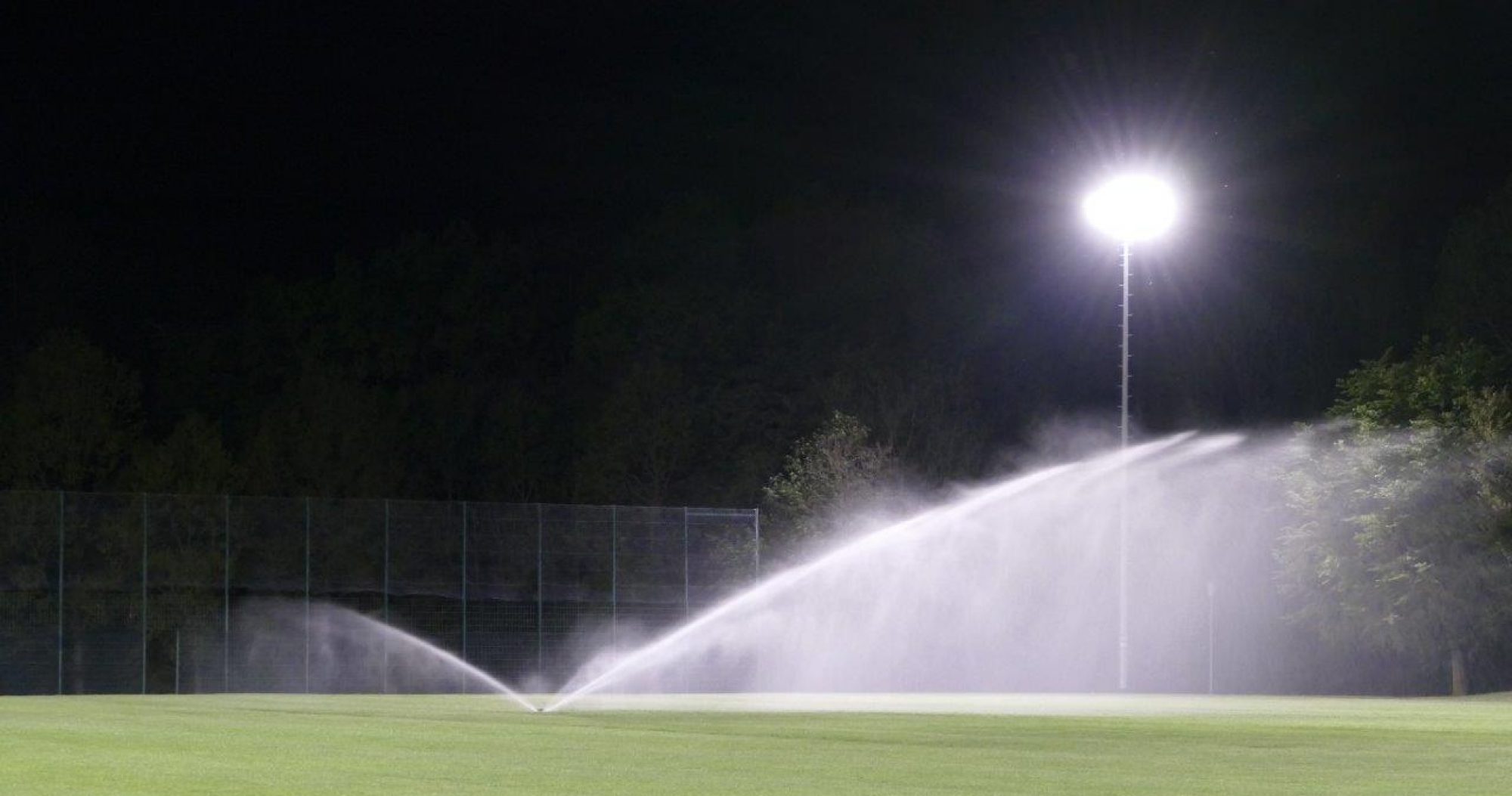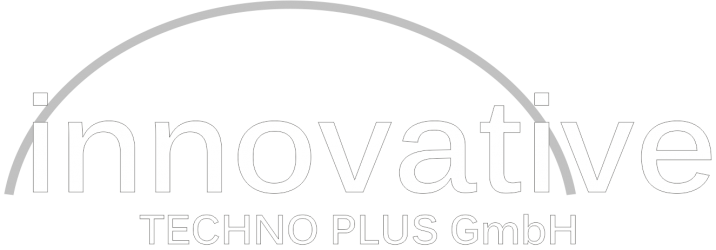
An electric turf heating system not only guarantees the playability of the pitch, it also offers the possibility of controlling individual zones separately to ensure an even temperature and a healthy lawn climate.
Due to the architecture of the stadium, certain areas may not be reached by sunlight. This causes enormous disadvantages, especially in the winter months, as certain areas are not heated and therefore are not able to dry. As a result, very unattractive and unstable patches of lawn with a high potential for algae and fungal attack are created.
We would be pleased to prepare your personal, tailor-made offer at the highest technical standard. The quotation will be worked out in cooperation with the architect as well as the greenkeeping department. The various aspects that must be considered have been developed in advance, in collaboration with various specialists in the maintenance and management of grass sports fields.
The basic principle:
Electrical cables are laid at a distance of 15-20 cm, depending on the choice of lawn. The installation depth of the cables is approx. 20-40 cm for natural grass surfaces and at least 20 cm for artificial grass surfaces (depending on the manufacturer), under the elastic layer.
Individual factors:
1. Architecture and location of the lawn
A Sun-&-Shadow analysis will be carried out in order to be able to balance these weather influences, especially in the winter months.
2. Areas to be heated – Zone design
Natural grass: drying out of the lawn is counteracted.
Natural and artificial turf: “stowage areas” on which water collects are avoided.
With natural and artificial turf, areas for training can be controlled separately, e.g. only half of the pitch can be made playable in order to relieve turf areas and save operating costs.
3. Highlights & Technology
Anemometer and outside temperature sensor prevent the heated surface from re-icing after thawing and de-icing process.
Moisture sensor for natural turf records the current values in the lawn base layer and thus prevents the lawn from drying out – Pulsating in zones.
Soil temperature sensors for natural turf record the current values at the grass root and on the grass surface.
Programmable Logic Controller (PLC) records the values of all sensors used and evaluates these results to ensure the best possible way to heat the turf.
The PLC monitors the incoming results and forwards them to the parameters to be set. Depending on the design of the lawn heating system, the different zones can then be individually controlled and thus heated.
4. Components used
All products used are “Made in Gemany”. The control system (PLC) is supplied by Siemens, the heating cables by the Hemstedt company and the switch cabinets are manufactured in-house in accordance with VDE guidelines.
5. Technical Data
The technical data must be determined depending on the type of application used, as well as the type or manufacturer of the lawn.
Application example: Lawn heating for sports facilities
The following overview is designated for an installation depth of 350 mm. The max. connected load can be considerably undercut with higher installation. Power consumption can be significantly reduced by a smaller installation depth.
Technical data: Heating cable
| Installed power | max. 800 kW at 400 volts |
| Heating time/playability | max. 1 h at -5 °C |
| Resistors | From 0.04 Ohm/m to 12.7 Ohm/m |
| Min. installation temperature | 5 °C |
| Max. Power PE-Cu-Al-P | 17 watt/m |
| Test voltage | 4000 volts |
| Nominal voltage | 230 volts / 400 volts |
| Max. temperature outer sheath | 65 °C |
| Outer diameter | approx. 7.5 mm |
Structure:
| Heat-sealing band | 7-core stranded or round wire |
| Insulating cover | PE-Polyethylene |
| Protective conductor | Cu wire 1.0 mm² |
| Protective sheath | Al tape |
| Outer sheath | P- PVC |
The manufacturing and acquisition costs can vary widely depending on the requirements and design of the system and must be closely coordinated with the specialist planners and the greenkeeping department.




